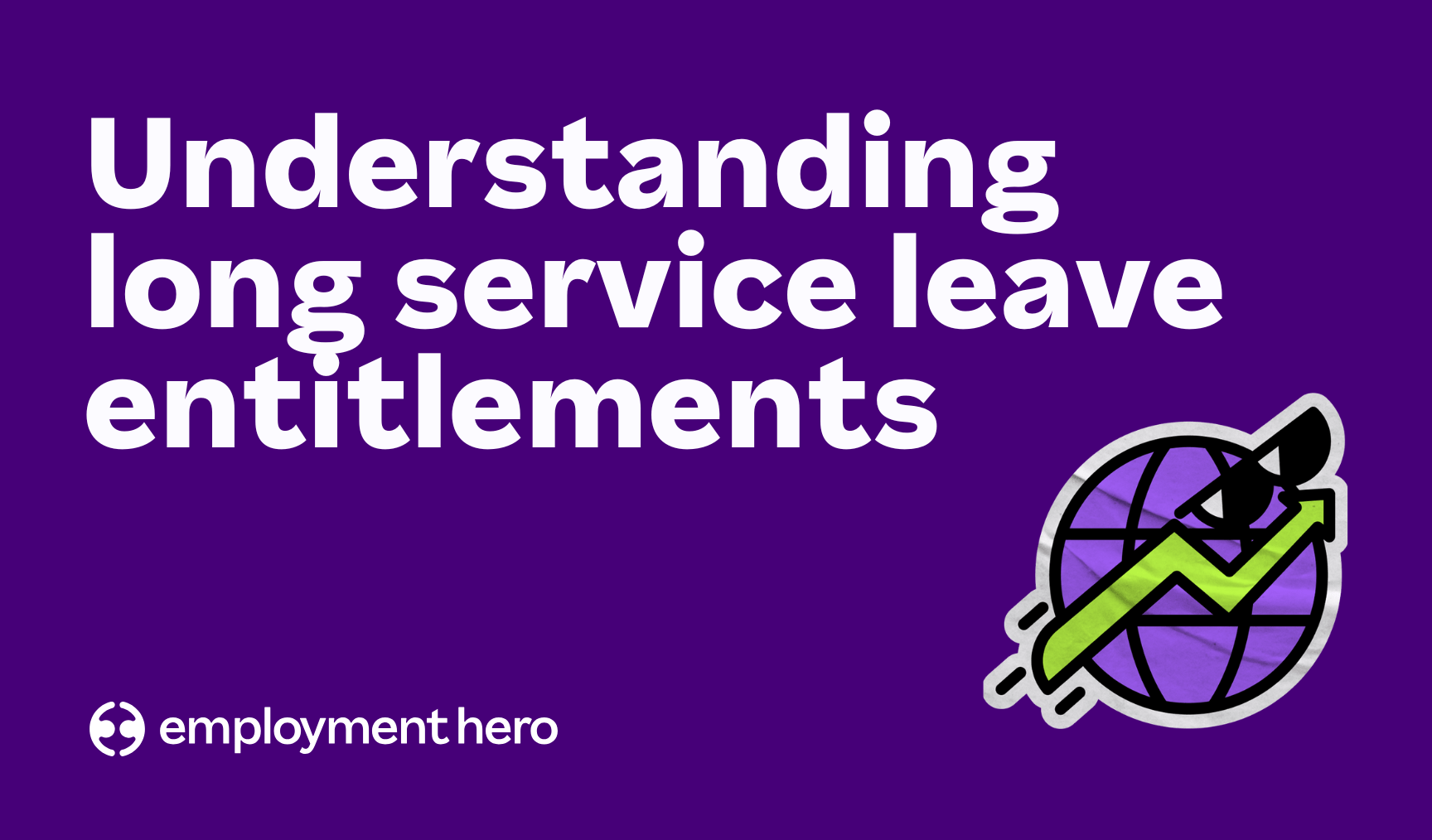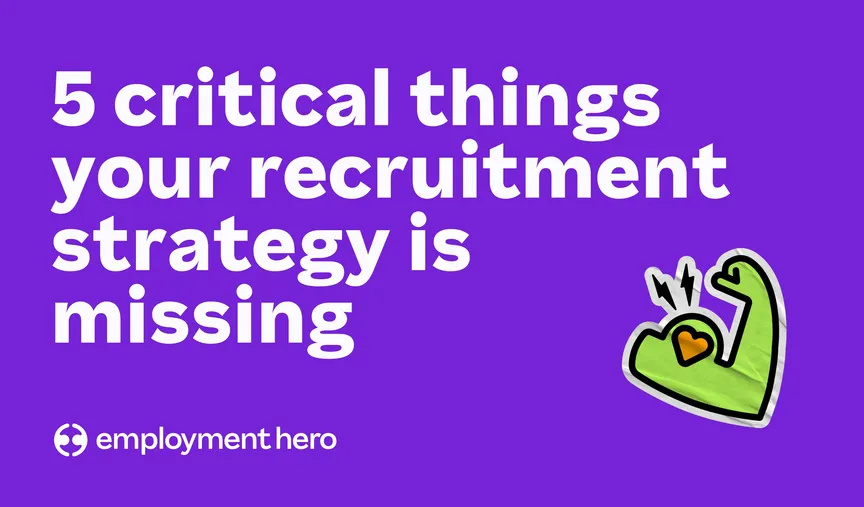How To Create A Bulletproof Budget
Budgets don’t have to be scary and 99% of the hard work is done in the planning. So let’s dig in.

You’ve learned how to set SMART goals, now it’s time to create a feasible budget and stick to it.
Taking control of your finances starts with understanding them. Budgeting doesn’t have to be hard when you break it down into parts. In this post, we’ll help you find the right tools and get started on building a budget and taking control of your finances.
For more tips on setting financial goals, check out this detailed guide here.
Get the right tools
Before you get started, you’ll need to choose the tool you want to use to track your spending.
Smart Money offers an awesome online budget planner, or if you want to go old school, you can use something as simple as a notebook or Excel or Google spreadsheets.
If you want to track your money on the go, you might want to use an app like Mint (from Intuit) or Pocketguard.
For insights into the financial wellness of Australian workers in 2023, download the comprehensive report here.
Work out your income
This might sound easy but people often forget to think about what they actually get paid after their taxes and super. Pull out a payslip and look at how much you’re actually seeing in each pay packet. Record how much money is coming in, where it is coming from and how often you are receiving it (e.g. weekly, fortnightly, monthly or yearly).
If you’re a freelancer, this can be slightly harder. You might start with last year’s tax return and use that as a baseline for what you’ll earn this year. Don’t forget to include income from any side hustles, bonuses or investments (like shares or investment properties) that you might have or consider any significant changes in income (like taking time off to have a baby) that might be coming in the future.
Work out your spending
Before you can start your budget, you need to work out what you’re already spending. Go back over your bank and credit card statements. Go as far as the last three months and look at what you’ve been paying for. Again, take into consideration how much you are spending, what for and how often you are spending.
Start to bucket your spending into categories like the following:
- Rent/Mortgage
- Utilities
- Debt (HELP debt or any monthly repayments on credit cards)
- Food and Drink (don’t to forget to include all those takeaway coffees and dinners)
- Clothing
- Transport
- Phone/Internet
- Health and Wellbeing (medical bills, gym membership, yoga studio, hair and beauty)
- Premiums (make sure you factor in those once a year costs like health insurance)
- Entertainment (those little costs like movie tickets, weekends away and presents)
Analyse your spend
Now you know what you’re earning and what you’re spending, it’s time to start making some changes. You need to ensure your spending is less than your income. Also, anticipate large or unexpected purchases – like getting your car fixed.
You need to be realistic about where you can save costs. Try not to make it too hard or there’s no way you’ll stick to it. Start to think about small changes you can make to save on your expenses.
5 tips to help you stick to your budget
Budgets don’t have to be scary, and 99% of the hard work is done in the planning. Finding the right tool for you and getting all your information together will help you quickly see patterns on where you could start saving.
Now that you’ve set your budget, the next step is to ensure you stick to it. Here are 5 ways you can stay within your budget.
1. Start small
Similar to dieting saving isn’t a fad; it’s a lifestyle change so start small. See if you can eat out one time less a week or walk instead of catching the bus. The closer your budget is to reality, the more likely you are to stick to it.
2. Set up a different bank account
Get confused about whether you can spend the money in your account or not? The easiest thing to do is to set up a high-interest savings account.
There are a number of high-interest savings accounts that don’t come with debit cards to make it harder for you to get your money (and easier for you to save).
Some even offer higher interest rates if you don’t make a withdrawal.
3. Use your autopilot
Direct debits are not just for gym memberships and Netflix. They can also be a really helpful tool in sticking to a budget. If you do set up a high-interest savings account, set up a direct debit on payday to move your savings into it straight away.
This reduces the risk of you forgetting to save it or, even worse, spending it.
For small business owners, understanding the Small Business Technology Investment Boost can be crucial. Learn more about it here.
4. Use cash
According to studies, we actually feel physiological pain when we pay with cash but not when we pay with credit. When we pay with a credit card, we put distance between our purchase and the pain of paying for it.
If you’re trying to spend less, try withdrawing your cash for the week in one hit and paying for everyone in cash.
It will also be a visual reminder as it starts to run out.
5. Track your progress
Reminders of how you’re going against your plan are excellent motivators. At the end of each week or month look back at how you’ve tracked. Congratulate yourself if you’ve been able to stay on track and celebrate how much closer you are to your savings goal.
If you did come off track, don’t panic. Use it as a time to reflect on why you came off track and what you can do differently to ensure it doesn’t happen again next time.
The more you self-reflect and are aware of what causes your blowouts, the less likely they are to happen next time.
Connect with one of our financial experts to learn how you can get the most out of your money.
Any references to financial products or services or any financial information contained on this site are provided by Employment Hero Financial Services Pty Ltd (“EHFS”) ABN 58 606 879 663, AFSRN 001234046, CRN 479495. EHFS is an authorised representative of Ballast Financial Management Pty Ltd ABN 41 086 601 041, AFSL Number 233 180 and an authorised credit representative of Loan Market Pty Ltd ABN 83 105 221 967, ACL Number 390222. Any advice on this website is general advice only and does not take into account your particular circumstances, objectives and needs. Before acting on any advice on this website you should assess or seek advice on whether it is appropriate for your financial situation, need and objectives. A Product Disclosure Statement (PDS) or other disclosure document may be available for products and services described on this website. You should obtain and consider the PDS or other disclosure document relating to the product or service you are interested in before making any decision about whether to acquire or continue to hold the product or service.
Related Resources
-
 Read more: Guide to long service leave entitlements in Australia
Read more: Guide to long service leave entitlements in AustraliaGuide to long service leave entitlements in Australia
Understanding long service leave entitlements can be challenging. We share everything employers need to know about managing it.
-
 Read more: The $124,000 Cashflow Crunch: Small and Medium Businesses (SMBs) at risk under proposed Payday Super Requirements
Read more: The $124,000 Cashflow Crunch: Small and Medium Businesses (SMBs) at risk under proposed Payday Super RequirementsThe $124,000 Cashflow Crunch: Small and Medium Businesses (SMBs) at risk under proposed Payday Super Requirements
New Employment Hero modelling and research shows businesses will need an extra $124,000 in working capital on average to meet…
-
 Read more: From hiring mismatch to SmartMatch: 5 critical things your recruitment strategy is missing
Read more: From hiring mismatch to SmartMatch: 5 critical things your recruitment strategy is missingFrom hiring mismatch to SmartMatch: 5 critical things your recruitment strategy is missing
We’ve wrapped up five critical things your recruitment strategy might be missing so you can feel confident in your hiring…





















